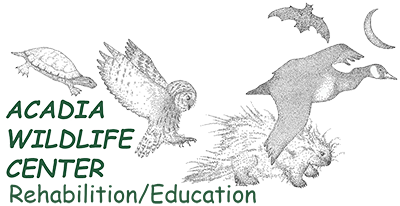CATS OUTDOORS
WINDOW STRIKES
LIGHTING ON BUILDINGS
LEAD SINKERS AND SHOT/ DISCARDED FISHING GEAR
CAR STRIKES
NETTING IN GARDENS AND AT SEA
GLUE TRAPS
RODENTCIDE
FIRST DO NO HARM
Stopping the harmful actions, we do to wildlife is a matter of having the information and caring about it. All the necessary information is beyond the scope of this webpage, but we can identify the most common problems and list sources for information.
CATS OUTDOORS
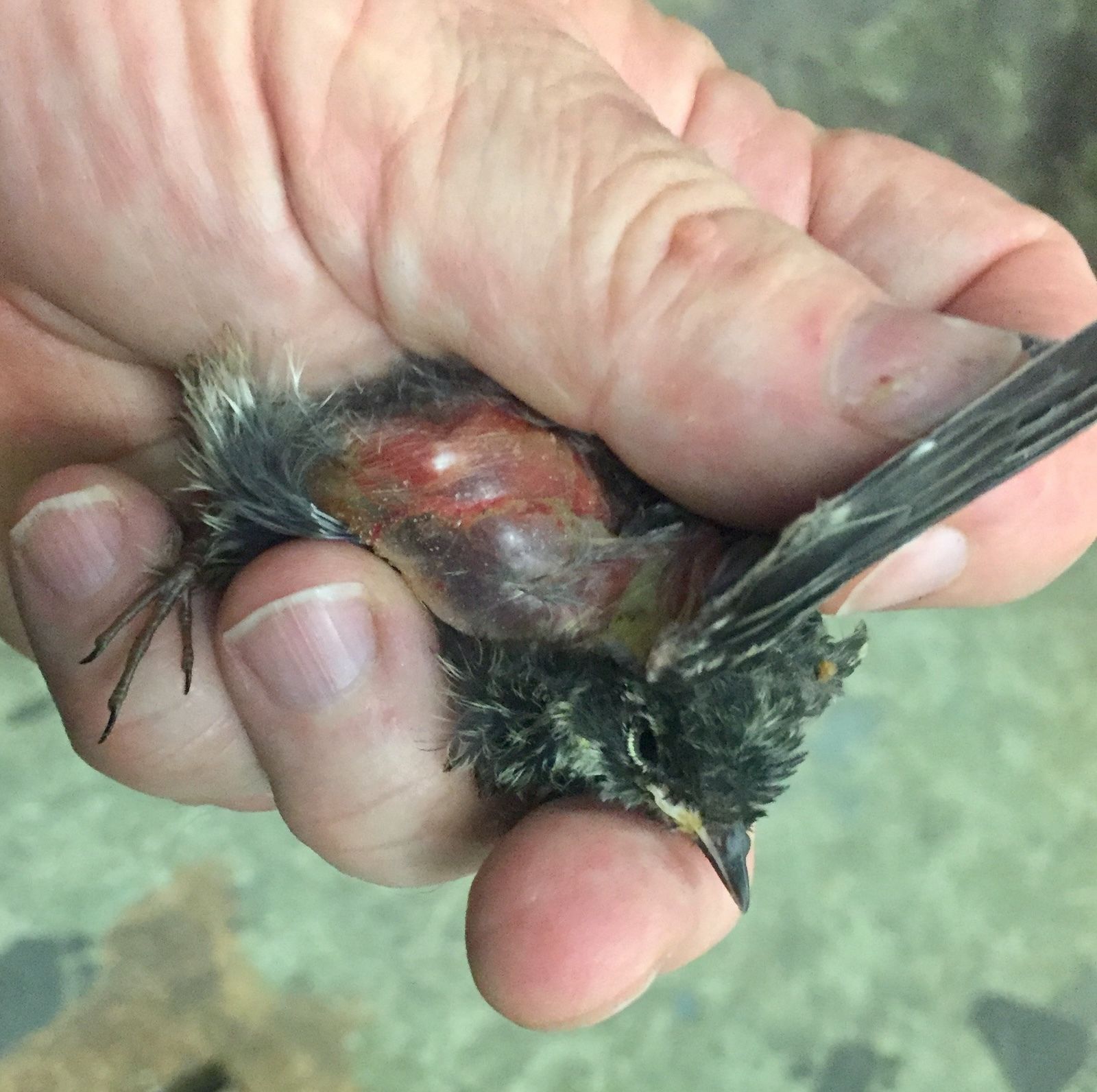
In every rehab clinic across the country the most regular patients, and the ones least likely to live, are those that are caught by cats. Every year outdoor cats kill 2.4 billion birds and that’s not counting the mammals and amphibians. Every day baby birds and mammals come into our clinic ravaged by outdoor cats. The baby above is showing extreme infection in its air sacs from the bacteria in a cat’s mouth. Without intervention and antibiotics, it will not live. Usually, open wounds and broken bones go along with the infection. Fledgling birds, out of their nests and not yet flying have nowhere to go. Some species are going extinct. Our native wildlife, which have no defenses, are being slaughtered by cats.
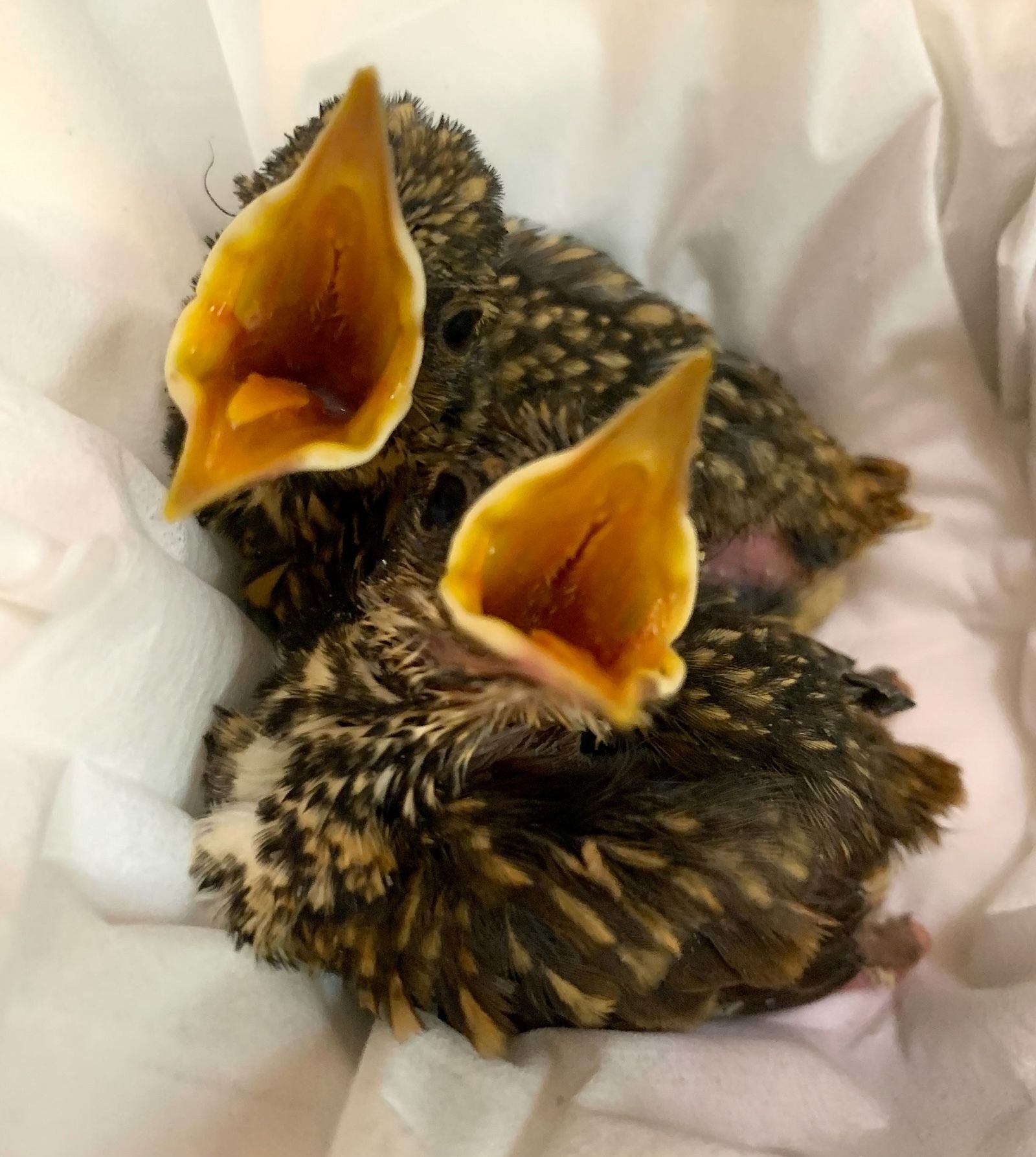
There is no way to protect wildlife except to keep cats indoors. Birds do not recognize bells as dangerous, and even cats without claws can hunt. Cats are not natural predators, existing as they do, well fed, and four, six, or ten to a household. All natural predators are limited by territory and food supply. In an area where only one fox might live, fifty domestic or feral cats may hunt. Prey species cannot adjust to this level of pressure. Cats can be very content inside, watching bird feeders and playing with toys or each other. The satisfaction you will get in keeping your backyard wildlife safe is immense. If you have a kitten, start it off inside and it will then be content from the very beginning. If it’s an older cat, used to going out, you will have to be more determined, but within a few weeks they will become used to the change, especially if you pay more attention to them as a consequence.
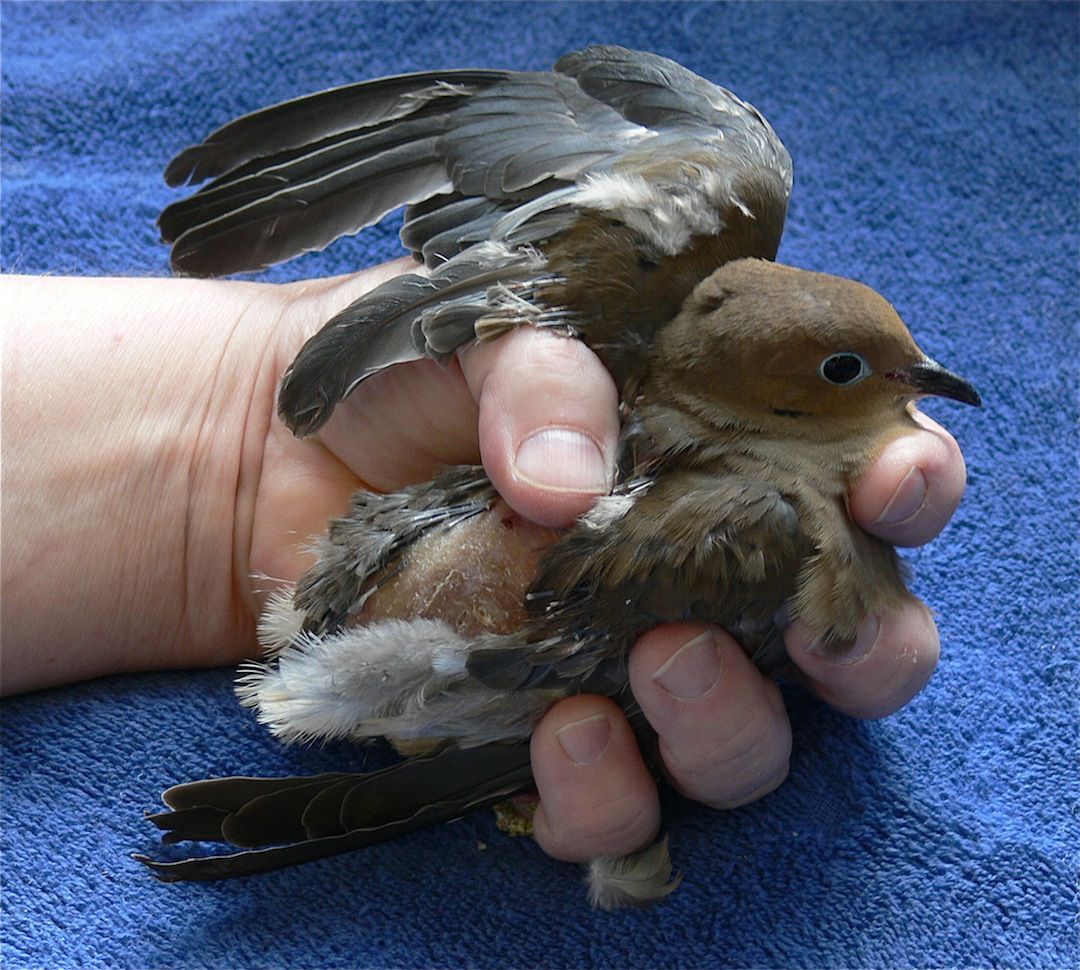
Many feral cats are not capable of being pets. They were born outdoors and its all they know. They die young from car hits, fighting, and disease, and never have the pleasure of curling up in a loved one’s lap. Capture, neuter and release does not solve the problem and we all know that. A feeding colony might be all neutered and spayed, but it’s the perfect place to dump unwanted pets that are not fixed. The colony is still hunting. The numbers go up, not down! The best I can come up with is capture, neuter, and keep in catteries with warm boxes and good food. Feral cat rescuers spend a lot of money, energy, and emotion on trying to fix this problem, but it’s not solved. Let’s think if containment is financially feasible and humane. We need to do it now while we still have wildlife left. Read more at abcbirds.org and nature.com
WINDOW STRIKES

Up to one billion birds a year hit windows and most of them die from it. This one is easy to fix. Birds see a reflection in your window of the forest behind them, a safe place for them to fly. Try it yourself. If you look at your house from the outside, most of the day you will see a reflection. Breaking up that reflection is the goal and there are many UV decals and stickers on the market. They should be put close together on the outside. Free solutions work too. Hanging bits of string from the top of your window will have the same good result. Some manufacturers are making glass without the reflection. When building new construction it should be considered. Read more here: www.allaboutbirds.org

LIGHTING ON BUILDINGS: Lights on buildings at night can attract migrating birds from as far away as 5 km. They then exhaust themselves flying around and around or run into the buildings. During migration the lights of cities can cause mass casualties, not only to birds but to bats as well. Join the “Lights Out Program”! https://www.audubon.org/our-work/cities-and-towns/lights-out
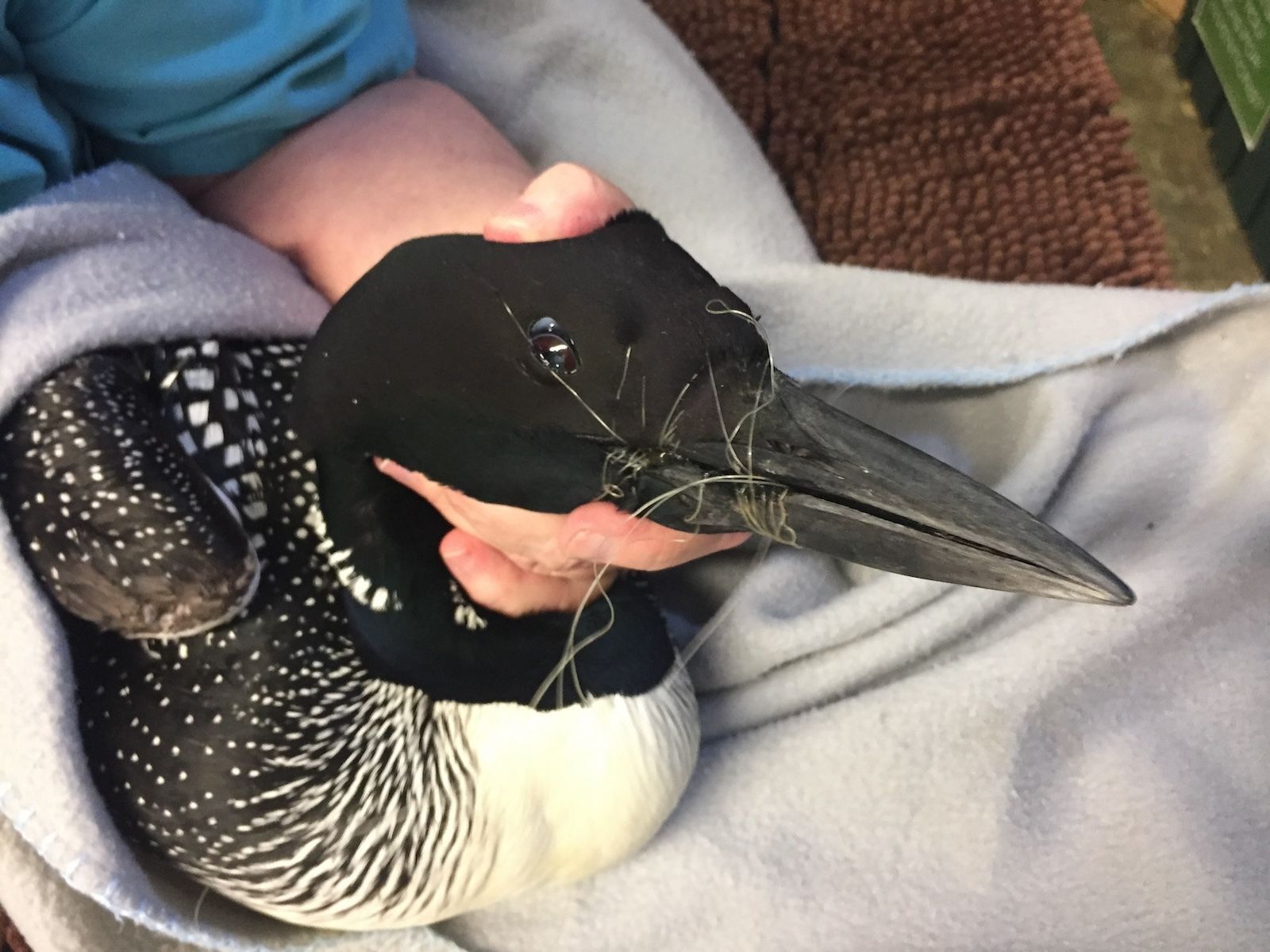
LEAD SINKERS AND SHOT/ DISCARDED FISHING GEAR
Lead is a poisonous metal that is still used in many products, some of which are eaten by our children, and some of which are ingested by wildlife. Loons swallow small smooth stones that they find at the bottom of lakes into their gizzards to grind up fish bones. Lead sinkers are just the right size, and many lost sinkers make their way into loons. It’s enough to kill them. Lead shot is still used to kill deer and turkey, although it has been outlawed for ducks. All it takes is a piece of the shattered shot the size of a fingernail clipping, to kill an eagle. Many hunters gut their deer in the woods leaving gut piles which attract the scavenger eagles.
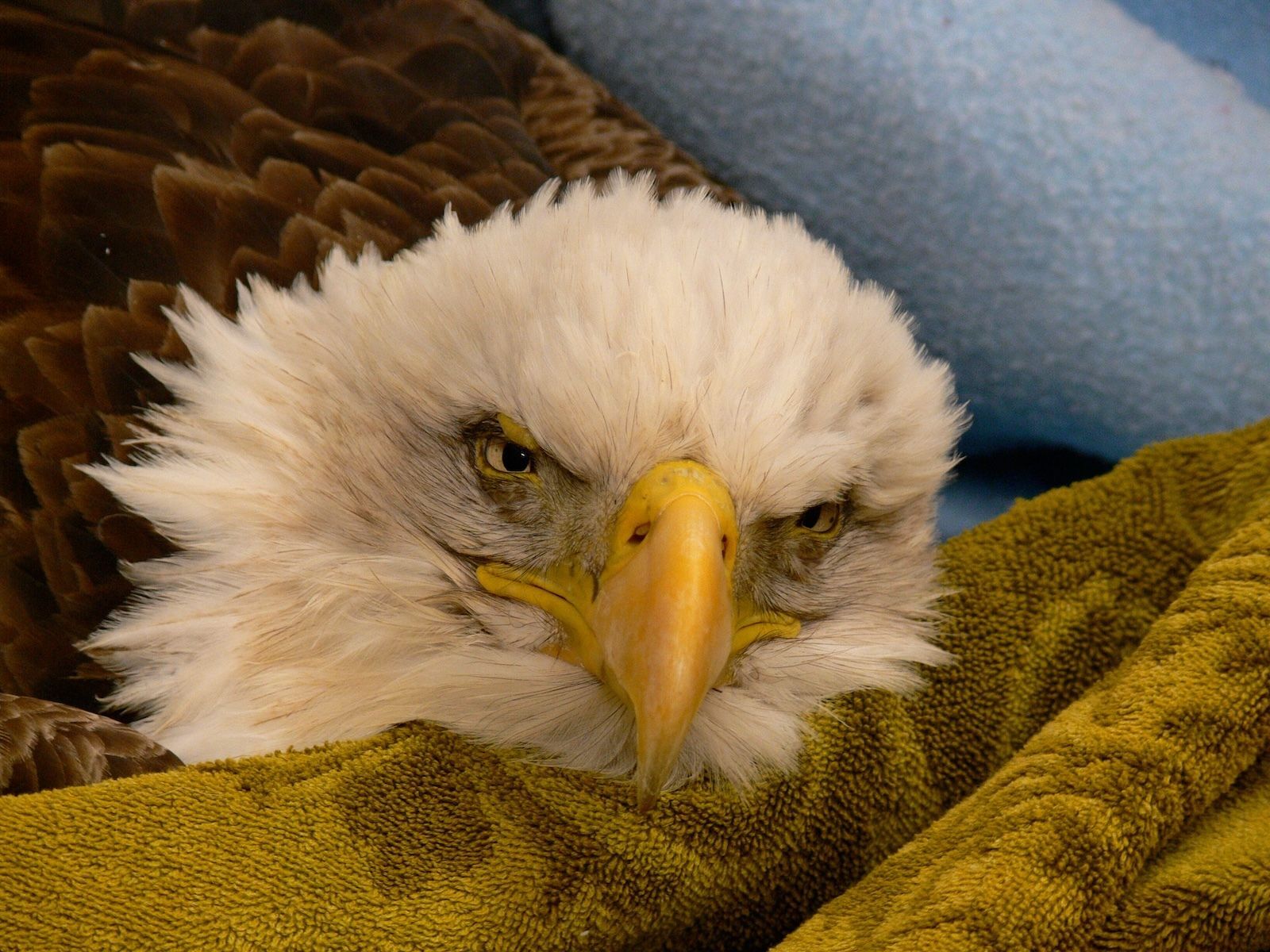
Even when processed professionally, the leftover parts are sold for coyote baits and again the lead shards make their way into eagles. Usually, loons come ashore when they are almost dead and there is no saving them. If a radiograph shows lead still in the digestive system of an eagle (it shows up bright white) an attempt can be made to gavage the piece out of the gut and then chelation therapy given to bind the lead. Once the lead has been ground up and enters the blood system, there is no solution. Lead poisoning is the leading cause of death in loons and eagles. Discarded or snapped off fishing gear is also lethal if it is not removed. Often fishhooks are swallowed along with lead sinkers. This particular loon (above) just had the line with no hooks or sinkers so we were able to cut it free from the line and release it. The eagle above on the other hand died from lead poisoning.
What are the solutions? Making lead sinkers illegal will solve part of the problem for loons, although there still many on the bottom of lakes. However, it is a step in the right direction. Lead shot should be outlawed but there are many political issues with this. There are alternatives to lead shot; copper and stainless steel, but they are not preferred as some damage can be done to the gun’s barrel, and they are more expensive and apparently less accurate. It will have to be done in the legislature with the public weighing in. It’s been introduced many times but it’s an uphill battle. Being more careful with fishing gear will help with that issue.
https://abcbirds.org/program/pesticides/lead/
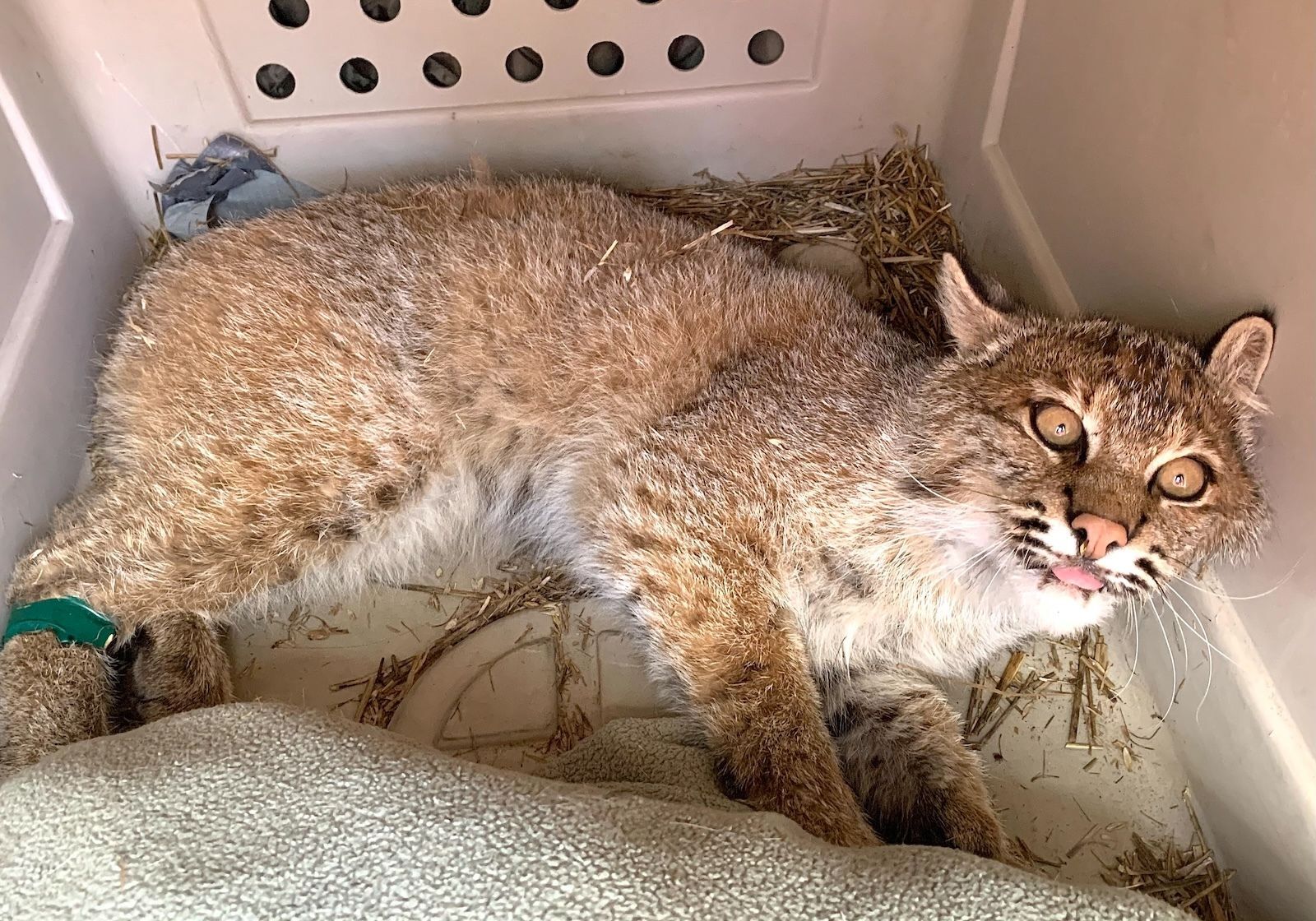
CAR STRIKES:
Car strikes kill many animals each year, it is believed to be a leading cause of death for birds. Birds and mammals travel along and across roads for many reasons. Some of the birds are ground nesters so flying low to begin with. Roads don’t make much sense to wild animals as a source of danger. In fact, inexperienced raptors find them to be mouse highways. You can help by disposing of trash in trash receptacles. Food bits thrown out windows attract rodents, which attract owls, and other predators.
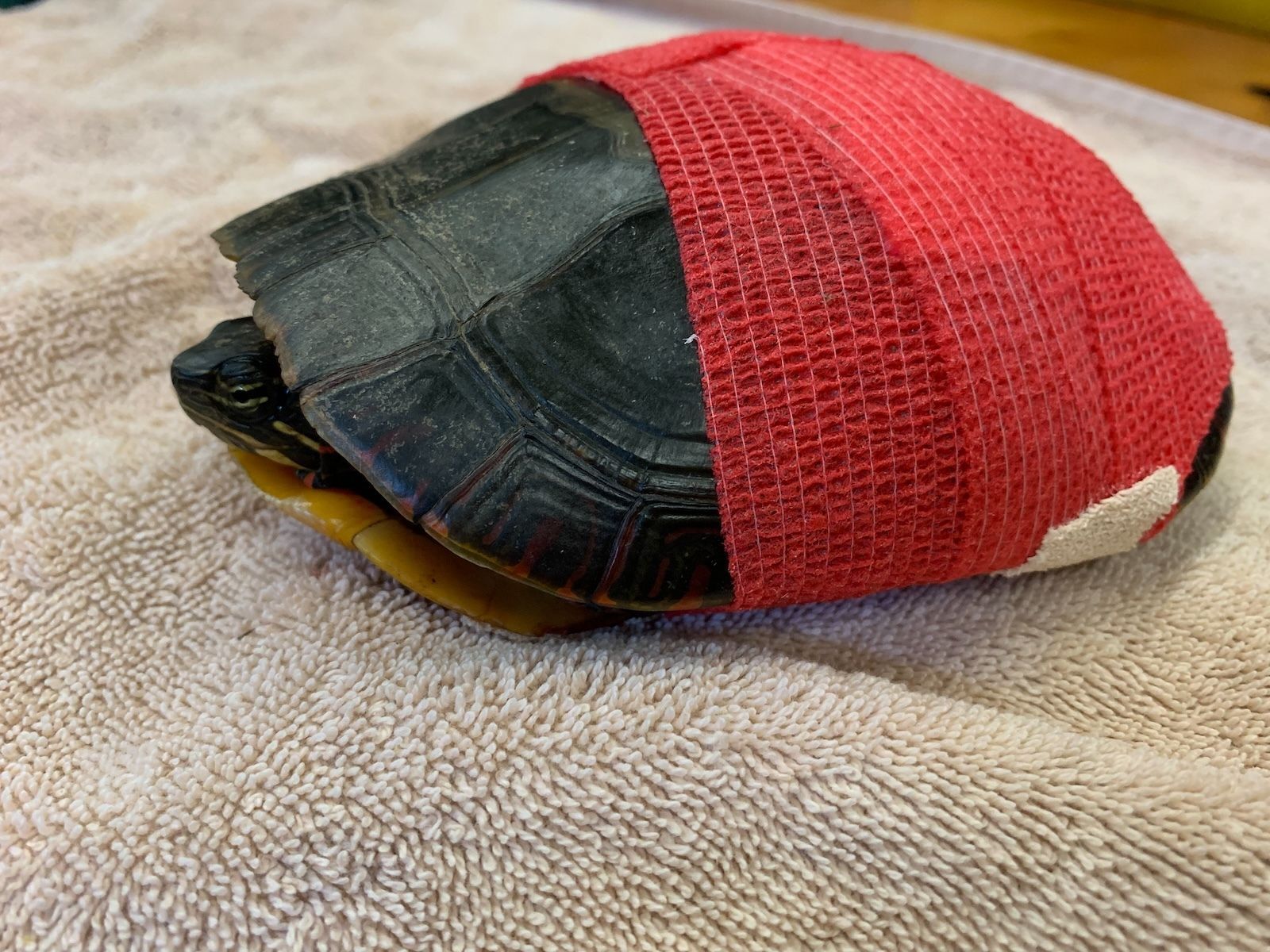
Also turtles cross roads in their search for the perfect nesting spots. When spring comes, and there is water nearby, remind yourself when driving to look out for turtles as they are hard to see. Many great folks put up turtle crossing signs to grab drivers’ attention. Remember that your safety comes first, but if you can move a turtle across the road in the direction it was traveling, you will save lives. Small turtles may be picked up to move. Snapping Turtles bite hard, so try to manipulate them onto a car floor mat and drag them. Never pick up a turtle by the tail as it can break their spine. Please do not take a turtle home for a few days of environmental learning for your children. They have a life to live, get very stressed when handled, and can carry diseases. https://www.fws.gov/story/threats-birds-collisions-road-vehicles
NETTING IN GARDENS AND AT SEA
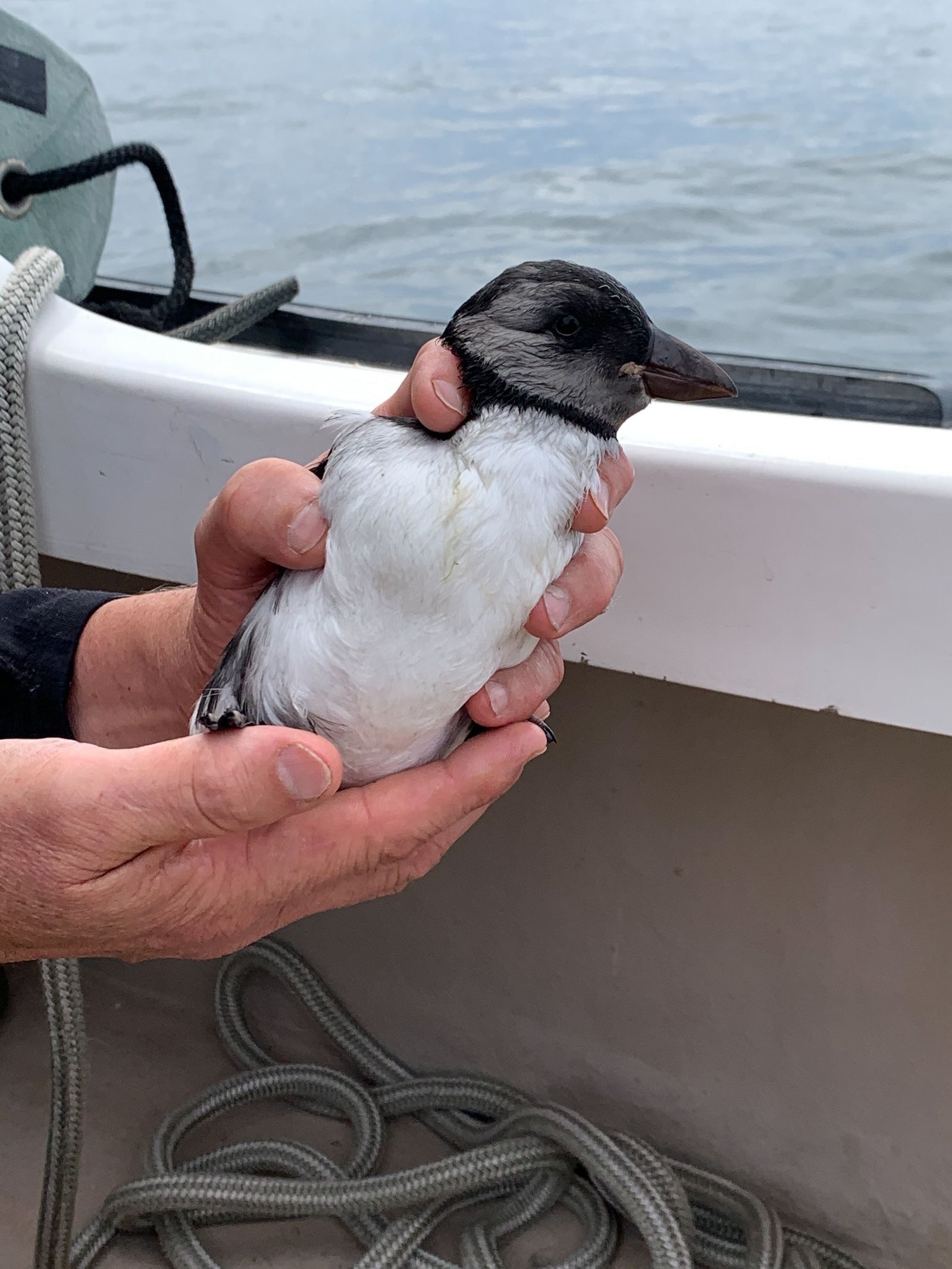
Millions of animals are injured or killed by the use of nets. In the garden, birds and mammals, trying to reach the fruit underneath, are entangled by nets. They try to escape, injuring themselves further. On a similar topic net discarded at sea and left to float kill seabirds, sea turtles, and marine mammals. The juvenile Atlantic Puffin above was just removed from netting that would have killed it. We have a link with an Australian source which is highly suitable, since many of the country’s fruit bats are dying in fruit nets. In ocean settings, any loose pieces of netting in the water or on beaches should be picked up and disposed of. On land, this link describes the importance of the hole size, netting placement, and proper disposal. You do not need to lose your crops to wildlife, just protect them slightly differently.
https://wildlifefriendlyfencing.org

GLUE TRAPS:
There is no end to the list of birds and small mammals that I have removed from glue traps. Once caught, the animals struggle, gets further entangled, suffer greatly, and die eventually. If you find an animal in one, put sprinkled flour or a piece of paper under the unstuck parts of the animal, put it in a closed box, and bring it to a rehabilitator. Do not attempt to detangle the animal yourself as more damage can be done. Rodent control may have to be done but try to be as humane as possible. Put away all food in mouse proof containers. If they have no food, they will move on. Some people like the electronic devices that plug into an outlet and emit a high-pitched noise that mice and other rodents don’t like. I can’t try them because my clinic is filled with rodents and other patients that might be adversely affected so I can’t speak to their effectiveness. I use live traps which is still moving the animals to unfamiliar territory so not ideal. If you have cleaned your place completely of tasty morsels, and plugged every entrance hole, call a good animal control person who is trained in exclusion. If all else fails, a snap trap is more humane than a glue trap or rodenticide.
https://www.wildliferescue.ca/tag/gluetraps/

RODENTCIDE:
There is no good way to use rodenticides. They are extremely inhumane to the target species, who take 3-4 days of internal bleeding and organ failure to die. While they are dying, they stumble around out of the building where they are an easy target for all sorts of non-target species such as pets, hawks and owls, foxes, and coyotes, even children will pick them up out of curiosity. A predator will eat them, and then is also poisoned. Scavengers will feed from a poisoned predator. And on it goes. Why do I have a picture of a fox with mange in this section? Mange is caused by a mite, not poison. But many researchers who work to protect coyotes, bobcats, and foxes feel that if rodenticide doesn’t kill the predator, it weakens it making it susceptible to mange. Please refer to the section above for some rodent control options, and to the link with the Crow Wildlife Hospital. https://crowclinic.org/wp-content/uploads/2023/04/Rodenticide-Bullet-Points-1.pdf
